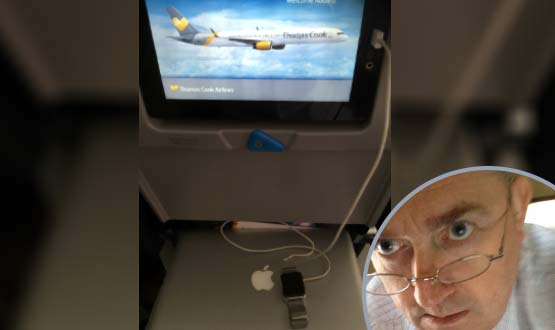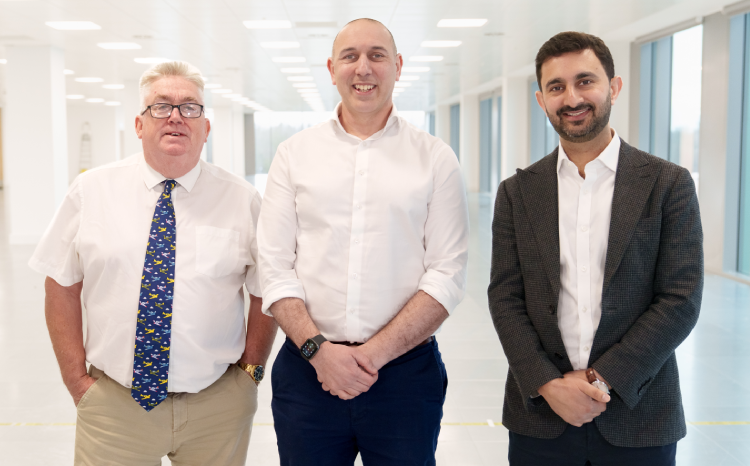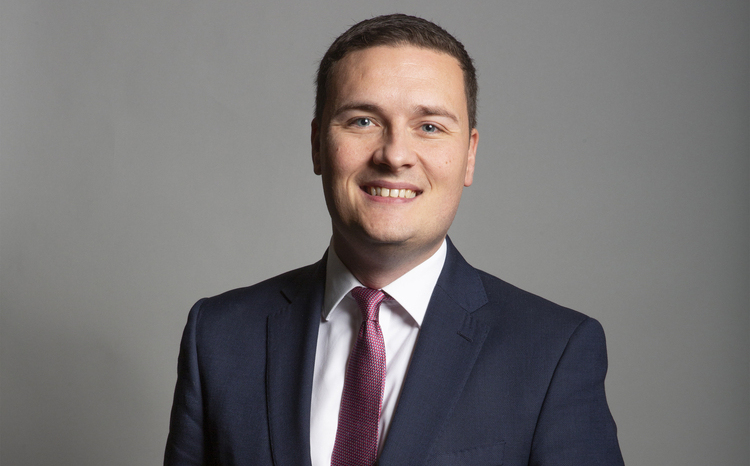Joe’s view: of wearables
- 19 October 2015

I am anchored off an ancient, whitewashed olive grove 20 miles south of Fethiye in Turkey.
After last month’s experiment with a catamaran, I am once again in a nice, mono-hull yacht named Barcelona. She is a rather stately old lady; but we got her up to seven knots today tacking upwind.
We like a nice gin and tonic after a good sail, and getting Barcelona up to seven knots definitely counts as a good sail.
From tape to taps
I feel a tap on my wrist from my new “precious” – the Apple Watch. It’s a text message from my mother’s kettle.
My mother, 83, has had a second fall of the year. In January, she slipped on the ice and fractured her wrist, and two weeks ago she fell getting off the number 71 bus. She suffered a nasty flap laceration to her shin, which will take months to heal.
Long term readers will recall that I have, in the past, attempted to get messages from my mother’s kettle by taping an iPhone to the side of it.
Why do I want messages from my mother’s kettle? Well, my mother is a six-cups-of-tea a day person; so if I am informed every time she boils the kettle I know she isn’t lying on the floor with a broken hip.
My mother has steadfastly refused any internet monitoring in her house on the grounds that she doesn’t want to be scammed and she doesn’t want Vladimir Putin to be able to see her in the bath – both of which, she tells me, are possible because she saw it on ‘The One Show’.
She has steadfastly refused to wear a pendant alarm around her neck until “Cartier do one”. Happily, following her most recent mishap, I did settle the kettle monitoring situation.
I did this by mounting a disused Samsung phone next to the kettle and setting up a motion sensor app so that every time the kettle is moved I get a text message.
I can also activate the motion sensor and deactivate it by sending a text message to the aging Samsung phone, which otherwise would be gathering dust.
I put a SIM-only pay as you go contract in place on auto top-up, so that I get no break in service. So, sitting here in Turkey, I get the intermittent reassuring tap on my wrist whenever my mother boils the kettle, thanks to my shiny new Apple Watch.
Money is dead – wherever there is USB
Let’s talk about the watch. I paid 600 quid for a top end watch with beautiful steel bracelet of which Jobs would, I think, have approved.
It is x thousand pounds less than a Rolex Oyster Perpetual; but it is gorgeous to look at and it keeps really good time.
It will relay text messages from your mother’s kettle in Newcastle to your wrist in Turkey. It will let you make a phone call, check the weather forecast, use voice recognition and – very impressively – use it instead of an Oyster card to pay for travel on London Underground.
You tap the watch on the card reader and the barriers open. Apple Pay is a killer app and will probably kill cash. I paid for a round of drinks in the pub with my watch for the first time the other day. Money is dead.
In terms of personal fitness, the pedometer functionality is excellent and gives me prompts if I have been seated for too long, an occupational hazard for psychiatrists. I have lost ten pounds since I got the watch.
In short, the Apple Watch passes all the standard tests as a watch and does rather a lot more besides. The only catch is that it needs to be charged and the Rolex doesn’t.
However, travelling here I flew with Thomas Cook. I was fascinated to see that it has a USB charging point in every seat. This means I can now charge my Apple Watch in flight.
One of the keys for a new technology is ubiquitous support in terms of charging and Apple has sensibly gone with USB this time.
Health implications; a starter for ten
OK it’s a great gadget; but what about the wider health applications? Well, it strikes me that in the scenario of my mother and I, she should be wearing the Apple Watch and I should be getting information about her on an old Samsung.
The watch measures heart rate and could send information to anyone, given the right apps. It clearly measures movement so could give a really good indication of how somebody is doing.
What are the tell-tale movement and heart rate patterns of a relapse in a case of bipolar disorder or thyroid disease? Is there an app for that?
Interestingly, the watch has four sensors on the back; or more than it needs to monitor heart rate. What are they for? Blood pressure? Pulse Oximetry? Is it a medical device? It could be.
Pretty much the worst thing that happens in the career of any psychiatrist is a patient kills themselves while they are in your care as an inpatient.
I have long dreamed of a wrist-worn heart rate monitor that could alert nursing staff to rising distress in a patient or to the fact that it had been taken off. Apple watch has all the technology to do this job but could it be made to work in a real clinical situation?




